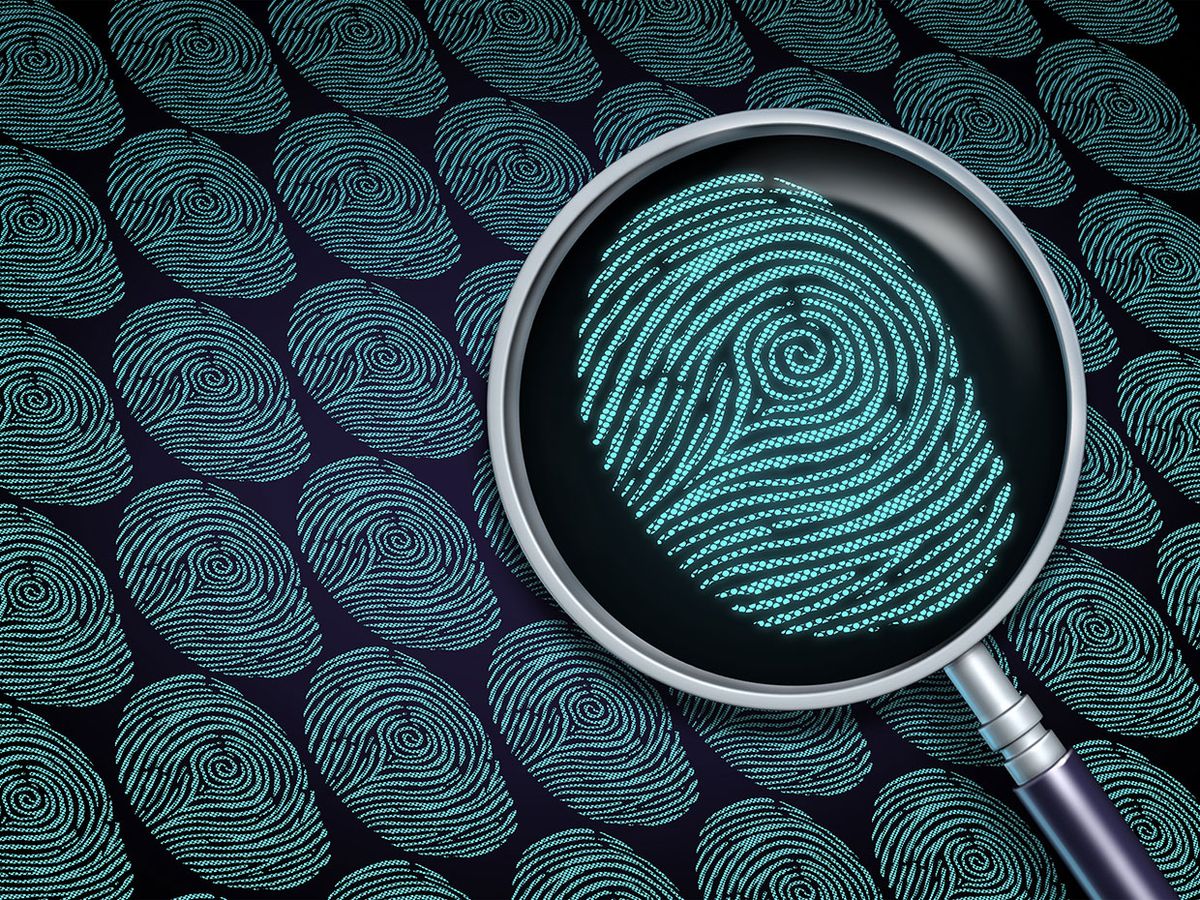Analyzing fingerprints found at the scene of the crime is a classic way to identify a criminal who has accidentally left behind his or her unique signature. But what if there’s another way to use fingerprints—one that could even help a criminal achieve their ill-intentioned goals? In an interesting twist, researchers in China have described a way to use fingerprints to encode secret messages.
Take a look at your fingers and note the continuous lines that occasionally swirl into a spiral. Researchers at Fudan University have developed a sophisticated way to construct digital fingerprints that encode secret messages into these spiral points. Their research was published last week in IEEE Transactions on Image Processing.
The technique involves first encoding the desired message into a mathematical equation called a polynomial. The message could be something like the URL to this article, or “Let’s meet tmr 10AM, same place.”
Certain features of fingerprints—such as ridges and bifurcation patterns—can then be used to encode the message, thanks to their directionality. Within these features of the constructed fingerprint, the secret message can be mapped out in a series of 2D points with different polarities. “These points represent the secrets and mimic the ridge endings and bifurcations of the fingerprint to be constructed,” explains Sheng Li, an author of the study.

After the secret is laid out in a series of 2D points around the spirals, the continuous lines of the fingerprint are synthetically created. All the data is then merged to create a hologram of the fingerprint, which maintains the polarity and location of data points, safely harboring the secret. Only those who know the key, which is used to reconstruct the polynomial from the fingerprint, will be able to decipher the secret message.
“Putting the concept aside, the most surprising thing we found is the robustness of the constructed fingerprint images, which are able to resist a range of attacks. We could still achieve relative high data extraction accuracy even if the constructed fingerprint image is binarized, thinned, or severely compressed,” says Li.
The technique developed by Li and his colleague Xinpeng Zhang, which currently can only be used in digital images of fingerprints, offers a major advantage over conventional ways to encode messages in images. Normally, encoding a message in an image involves altering the pixels, which inevitably causes distortions visually or statistically—alerting enemies to the message in the first place. Embedding a secret message in the polarity of an image sidesteps this altogether, allowing the message to go unnoticed.
Michelle Hampson is a freelance writer based in Halifax. She frequently contributes to Spectrum's Journal Watch coverage, which highlights newsworthy studies published in IEEE journals.



